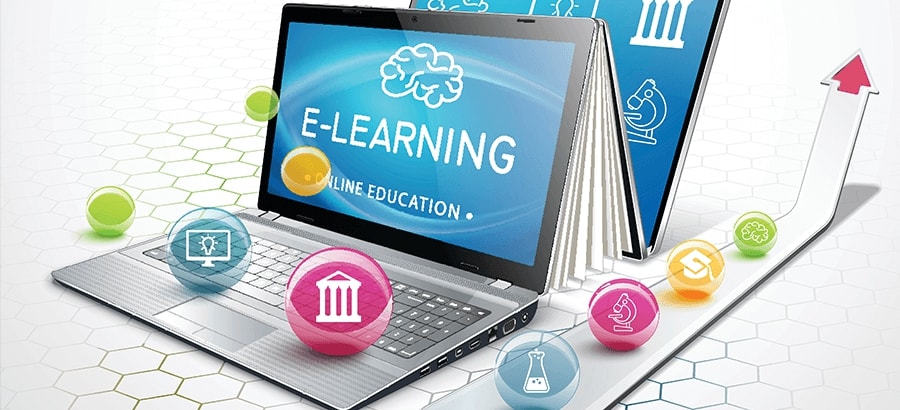Despite being someone who is generally conscious about what and how much I eat, there are occasions when I cheat – my weaknesses are cheese and chocolate. When my fiancé bought a slab of Swiss dark chocolate recently, the first thing I did was look at the nutritional information. I was pleasantly surprised to see that, instead of giving the values per 100g, they had listed the values per piece. Knowing the kilojoule, fat and sugar content of just one piece encouraged me to limit myself to one bite-size piece of heaven. I had just enough to get that bitter-sweet dark chocolate taste, satisfy my craving for something sweet and avoid that feeling of guilt you get after devouring an entire slab of chocolate. In this case, less really was more. This got me thinking about a more digestible alternative in learning – bite-size education.
With bite-size learning, the mantra is “less is more” – you can get more results from less input. This is in line with the Pareto (or 80/20) Principle, which suggests that 20% of the inputs are responsible for 80% of the outcomes. Since you can’t address every last performance improvement need in every situation, you need to prioritize learning and performance improvement needs during a needs analysis. The idea is that 80% of the learning content should originate from 20% of the identified performance improvement needs.
Developing bite-size education therefore involves designing and developing short, relevant experiences, interactions or chunks of information, which are based on the business’ needs and learners’ performance improvement needs you identified during needs analysis. Sebastian Bailey of MindGym suggests that this could be achieved through:
- miniaturization (trimming off all the fat so that the learning experience can be more easily consumed)
- modularization (organizing learning into distinct components)
- mass customization (allowing learners to tailor-make their learning journey)
Some examples of bite-size learning experiences include:
- short video demonstrations (usually no more than 5 to 10 minutes)
- step-by-step written instructions on how to complete tasks
- business and system simulations that allow the learner to solve real-world problems within a risk-managed environment
- brief e-learning modules that cover the main concepts and principles learners require to improve their on-the-job performance
Each of these has typical bite-size characteristics and benefits – let’s have a look at them.
Focused, meaningful and effective
Participants learn only what they need to know to be able to perform better on the job. They are presented with real-world problems and are required to find solutions to them, using whatever on-the-job performance support they require at the point of need. As bite-size learning usually covers a maximum of two to three information chunks and relies on practical application, learners are more likely to remember what they have learnt for longer.
Quick and convenient
You get to the learning and performance outcome faster because the learning chunks are short, sharp and to the point. They often involve brief interactions so that they don’t disrupt your job; they assist you in performing it. You can also use them in your spare moments during the day because they are generally accessible anywhere, anytime and on different devices and operating systems.
Flexible and customizable
Bite-size education allows learners to create a learning program of their own from a menu of learning options. This makes for flexible learning and provides an opportunity for learners to customize their learning experience. In turn, this drives deeper learner engagement and increases the learning transfer rate.
Cost-effective
Lastly, bite-size learning is cheaper for businesses because they save on venue hire, travel costs, refreshments etc. The likelihood of last-minute cancellations (with their associated costs) is also reduced because the learning interactions are so short. You also save money by not wasting time on experiences the learners don’t need. The real value, though, lies in the increased return on investment you get from bite-sized learning.
So if you’re wondering whether bite-size education is digestible for you and your business, consider this:
- it provides learners with improved skills that have an impact on business results
- it gets learners to the performance outcome quickly
- it is cheaper than traditional approaches to education
- it provides increased return on investment
In learning, like chocolate for me, less is definitely more!








